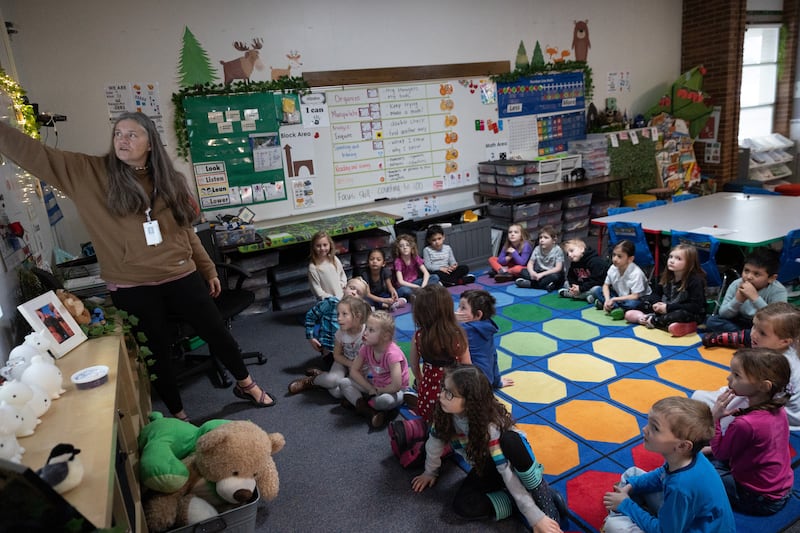Utah’s long history of finding ways to squeeze money out of taxpayers to fund public schools that are bursting at the seams is about to end.
No longer is the state producing children as it once did. A recent report from the Utah Women and Leadership Project at Utah State University quantified this as a 42.4% drop in fertility rate between 1970 and 2021, which is ahead of the national decline of 36%. As of a year ago, Utah’s birthrate had dropped from highest in the nation to fourth.
Even though the population is growing overall, the number of children is dropping, and the trend is expected to continue.
What does this mean? The Salt Lake City School District got a taste last week, as the district recommended closing four elementary schools. Those kinds of recommendations tend to be unpopular. Many children have to take longer trips to school, often crossing busy streets. People have emotional ties to school buildings, which tend to double as community meeting places.
And yet, demography’s realities are hard to ignore. Yándary Chatwin, communications director for the school district, said, “In the last decade, we’ve lost about 30% of our elementary population and this year alone, where we have space to educate 15,000 elementary students, we have just over 9,300 kids in our district.”
You might expect that in Salt Lake City, but the rest of the state — with the exception of Utah County and a few other places, will soon experience the same thing. And the drop in fertility rates also coincides with a nationwide increase in homeschooling, which The Washington Post recently reported to be the hottest trend in education. The Utah Fits All scholarship program may soon draw more students to private schools or homeschooling, as well.
The question for state lawmakers is what to do as this trend continues. Do they continue to increase funding for education, trying to lift the state from its perpetual last, or near last, ranking in per pupil funding? Do they use this as an opportunity to keep spending flat and cut taxes? Or do they funnel more money into other programs or to boost rainy day funds to protect against hard economic times?
Those are roughly the options identified last month in a report by the University of Utah’s Kem C. Gardner Policy Institute. That report describes the trend this way: Between 2003 and 2013, Utah school enrollment increased an average of 2.2% per year. Between 2013 and 2023 the growth rate was 1.1% per year.
But the projection, based on birthrates for the past five years, is for a 0.6% yearly decrease, on average, between now and 2033.
Based on projected births, enrollment is expected to rise again in 2036. But, in terms of real numbers, the state is expected to see a loss of about 40,000 school-age youth by 2032. Utah County is projected to buck this trend with a substantial increase, but the report cautions that this will be uneven, with the Provo District facing a different future than Alpine and Nebo districts.
To be clear, this doesn’t mean Utah will stop growing; just that its growth won’t include a lot of children.
“Although projections show continued population increases from in-migration, those new Utahns and their potential children are not enough to alter this trend,” the report says.
Utah isn’t alone in this new reality. An essay for the Hechinger Report last year by Jason Dougal, president and COO of the National Center on Education and the Economy, said schools nationwide have not recovered from their enrollment losses during the pandemic.
“Enrollment losses will be an enormous, ongoing challenge for many school systems across the U.S. post-pandemic,” he wrote.
Public schools lose money for every student who leaves, but the fixed costs of running a school, from heating and air conditioning to repairs and repaying construction bonds, remain. “If we can’t reverse enrollment losses, the cost of running a school will become untenable,” Dougal wrote.
In Utah, lawmakers have made school funding a priority through a formula that considers enrollment growth and inflation. They set up an account that makes money available to fund these things even when the economy is bad. If voters approve an amendment next year, lawmakers will continue to grow funding even if student counts decline.
Even with this, the Gardner report says, funding would be relatively flat over time as enrollment declines.
The question is whether the rippling effect of school closures and shifts in enrollment changes any of this as the century of declining birthrates continues. It could be a huge political issue for the decade ahead.


